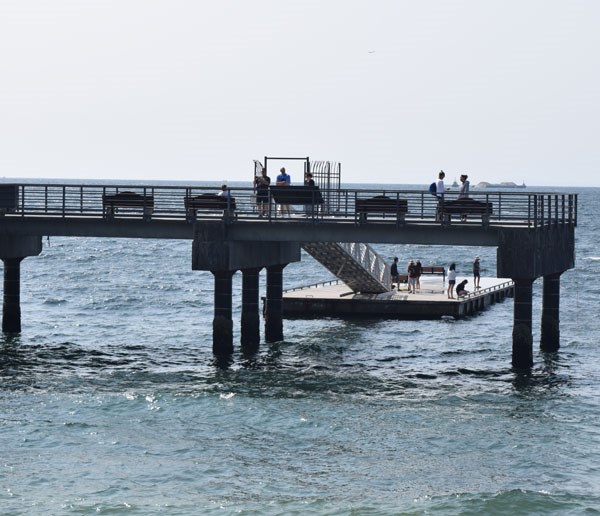Forecasters with Environment Canada say the record-setting temperatures of the past 10 days will give way to seasonal, or even cooler than normal, temperatures as we move into August.
Environment Canada meteorologist Matt MacDonald told Coast Reporter that since the heat wave started on July 20 there were four new temperature records set in Sechelt and three in Gibsons.
On July 23, Sechelt hit a daytime high of 29.5 C, just barely topping the previous record of 29.4 set in 1958. The thermometer broke 30 C on July 24, 25 and 26, which also set daily records.
In Gibsons the hottest days this month were July 24, 25 and 26 with highs of 30.3 C, 31.8 C and 30.3 C breaking daily temperature records that in a couple of cases had stood since the 1960s.
The records that didn’t fall, despite some unusually warm days, were the ones set during the 2009 heat wave, which MacDonald said is still the “measuring stick” against which South Coast heat waves are judged. On July 28, 2009, the temperature hit 35.3 C at the Sechelt Airport.
MacDonald said Sechelt recorded just 2.9 mm of rain in July, and while the weather pattern moving into the area is expected to bring showers and a few rainy days, there are no “major rainmakers” in the forecast.
“The good news is the massive ridge of high pressure that’s been dominating our weather pattern since July 10, blocking all incoming precipitation from reaching the South Coast, is finally breaking down,” he said.
The province announced July 30 that the Sunshine Coast, and much of the rest of coastal B.C., was in a Level 3 drought, prompting calls for “voluntary water-use reductions from all surface-water and groundwater users, including municipal, agricultural and industrial users.”
As of July 31, the Sunshine Coast Regional District and Town of Gibsons water systems remained under Stage 2 outdoor water use restrictions and most of Sunshine Coast was at an extreme fire danger rating, except for a strip along the shore of Howe Sound where the rating remains at high.
Environment Canada is also warning that smoke from wildfires is affecting air quality.
An air quality alert issued July 31 recommends people stay indoors if they have breathing difficulties, and says people with pre-existing health conditions, the elderly, infants, children and sensitive individuals are more likely to experience health effects from smoke in the air.



